
Currency trading is the buying and selling of foreign currencies on exchanges. By some accounts, the total global currency trading market was in excess of $ 4 trillion in 2010. This figure rose to $2,409 trillion in 2021, thanks to the various initiatives in the forex market. If these figures encourage you to become a currency trader, please continue reading this article. As we progress, we will cover topics such as currency trading tips, currency trading tips for beginners, etc.
Since foreign exchange markets operate 24/7, it makes forex trading one of the most liquid trading markets in the world. Currencies are traded in pairs, such as EUR/USD, INR/EUR, and so on. Each pair is quoted in “pips” or percentage in points. Pips are quoted up to four decimal points.
Currency prices depend upon several factors, such as geopolitical risk, trade and finance flows, and the general economic condition prevailing in the world. Now that we have understood currency trading in a broad sense, let’s understand how this market works.
How does it work
Currency trading happens in exchanges. These exchanges generally remain closed from Friday to Sunday evenings. Trading happens during sessions. There are three trading sessions – American, European, and Asian. Some currency pairs will have more volumes in certain sessions. For example, traders of USD will find more traction in the American session.
The forex market doesn’t move on its own. The key drivers of this market are financial institutions, money managers, hedge funds, central banks, etc. Participants in this market use currencies to hedge against the interest rate risk, fluctuations in international currencies or to speculate on global events. They also use the forex market to diversify their portfolios.
Multinational companies use forex trading to hedge currency risk against foreign transactions.
Retail investors also trade in currencies, but their objectives are limited to day trading and speculation.
The biggest volume of forex trading is conducted in the inter-bank trading market. Banks also facilitate forex transactions for their retail customers.
Pair and pips
As we have seen before, forex trading is done in pairs. Unlike in the share market, where you trade in one or more securities, here you will have to buy one currency and sell it in another one. This is one of the most important currency trading tips for new investors.
You should also note that currencies are explained to the fourth decimal point.
A pip or percentage in point is the smallest unit in currency trading. Basically, one pip is equal to 1/100 of 1%. Now let’s move on to more foreign currency trading basics.
Far fewer products
Again, unlike the stock markets where you have thousands of equities to trade upon, there are far fewer products in the forex market. Though there are hundreds of currencies to buy and sell, you have just 18 currency pairs in any forex market. The eight foreign currencies most traded are the U.S. dollar, the Canadian dollar, the Australian dollar, the Japanese Yen, Euro, the British pound, the Swiss Franc, and the New Zealand dollar. Since there are so few currency pairs, currency trading becomes an easy job for most traders. Continue reading for information on foreign currency trading basics.
What moves currencies?
Two factors influence the exchange rates – floating rates and fixed rates. A currency’s floating rate is determined by a multitude of factors, such as demand and supply and the macro-economic climate. On the other hand, the fixed rate of one currency is pegged to another currency. This doesn’t mean that governments do not intervene in a floating rate regime. It’s been often seen that national governments enter the markets at times to correct the distortions in the currency market.
The top factors that influence exchange rates are:
- Interest rate changes
- Unemployment rate
- Manufacturing data
- Gross Domestic Product numbers
- Inflation data
- Crude prices, etc.
Countries fix their exchange rates through their central banks. This is done by pegging their currencies against a stronger foreign currency. To maintain this rate, the central bank would buy or sell its own currency relative to the currency the former is pegged.
The bottom line
To sum up, currency trading is the buying and selling of foreign currencies. The current forex trading market runs into quadrillions of dollars and is growing at a healthy rate. Foreign currency rates depend upon various factors, such as demand and supply, macroeconomic factors, etc. There are two kinds of forex rates – fixed and floating. Some countries fix their national currency rates to a stronger currency, such as the U.S dollar. Trading in foreign currency needs significant expertise, but with the right knowledge and training, you can easily answer the question, “what is currency trading basics”.


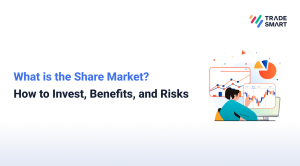

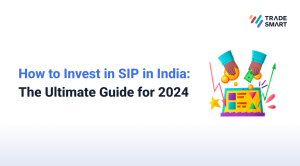

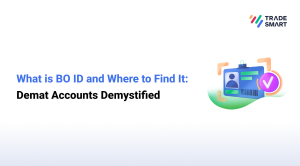

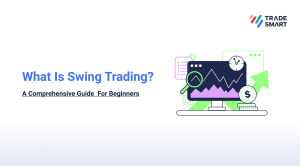
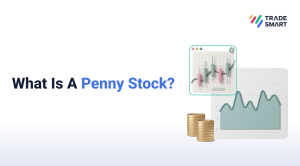
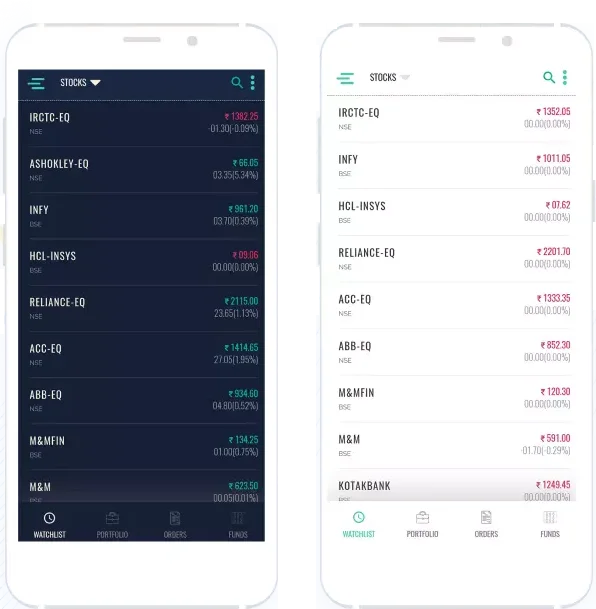
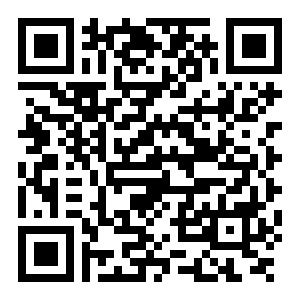
Pretty! This was a really wonderful post. Thank you for providing such valuable information.
Hello Niwas,
Glad to now you liked the blog. Your feedback keeps us motivated.
helpful for traders